H. M. King Leopold I Stamp
Jacques Wiener
1849
Image
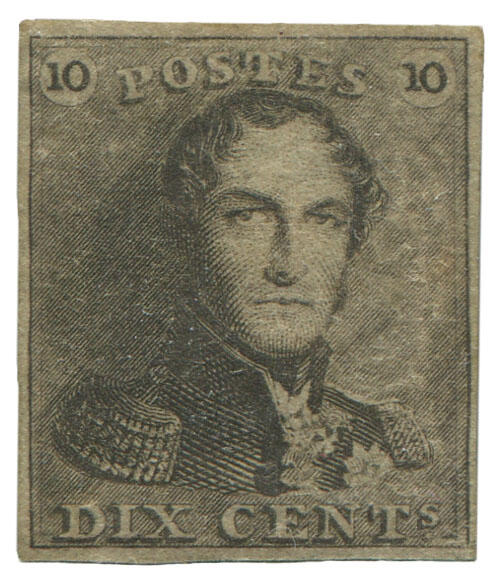
Engage with this Source
Creator Bio
Jacques Wiener
Jacques Wiener was the eldest of three brothers who were successful Jewish Flemish medalists and engravers. His innovation was the idea of precisely engraving the exterior and interior of a building on the two sides of a medal, an approach that he employed for notable Belgian churches as well as a series of forty-one medals depicting Europe’s most important buildings. Jewish subjects included the Opening of the Jewish Home for the Aged in The Hague (1841) and the Opening of the Synagogue in Cologne (1861). Wiener also engraved the first Belgian postage stamp, an image of King Leopold I that was the first stamp issued on the European continent.
You may also like
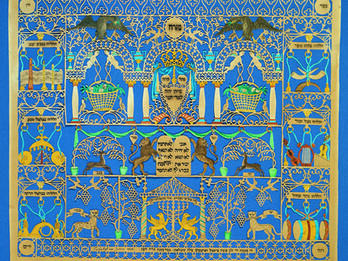
Paper Cut—Mizraḥ
Paper cuts have been a tradition of Jewish folk art, with the earliest record of one dating to the fourteenth century. Given the widespread availability of paper in Europe by the mid-nineteenth…
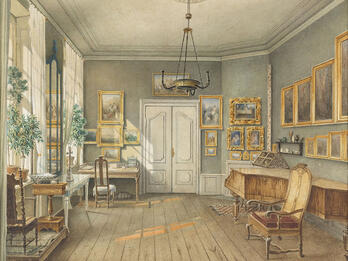
The Music Room of Fanny Hensel
Fanny Hensel (1805–1847), the granddaughter of the philosopher Moses Mendelssohn and financier Daniel Itzig, and sister of the composer Felix Mendelssohn Bartholdy, was born in Hamburg into a wealthy…
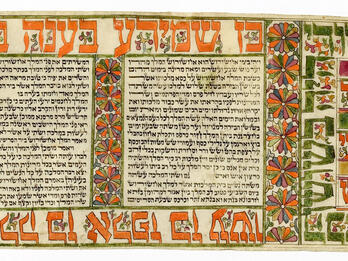
Esther Scroll (Baghdad)
The scroll (megillah) of Esther is read out loud on the holiday of Purim. This example, from Baghdad, is hand painted, with an ornate design in which bands of flowers frame the text. It is rolled on a…
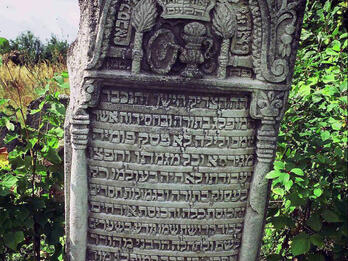
Tombstone of Torah Scholar
This tombstone of a Torah scholar from Sieniawa, Poland includes motifs and symbols often found on Jewish tombstones in Poland, such as a crown and palm trees. Other common symbols on Jewish…

Burial Comb and Nail Pick of the Bischitz Burial Society
The process of ritual purification of a dead body, known as taharah, involves careful cleaning of the corpse. Prior to being dressed in a white cotton shroud, the body of the deceased is washed, the…
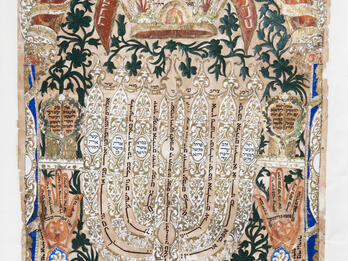
Paper Cut—Shiviti Sign
Paper cuts have been a tradition of Jewish folk art, with the earliest record of one dating to the fourteenth century. Given the widespread availability of paper in Europe by the mid-nineteenth…

